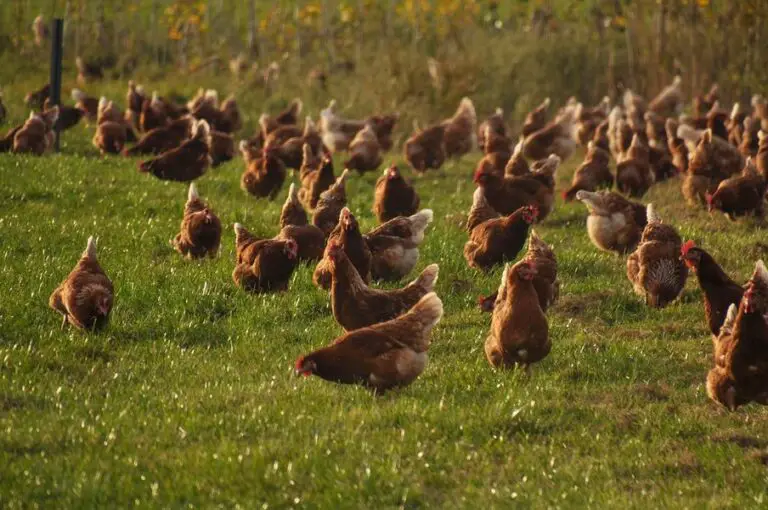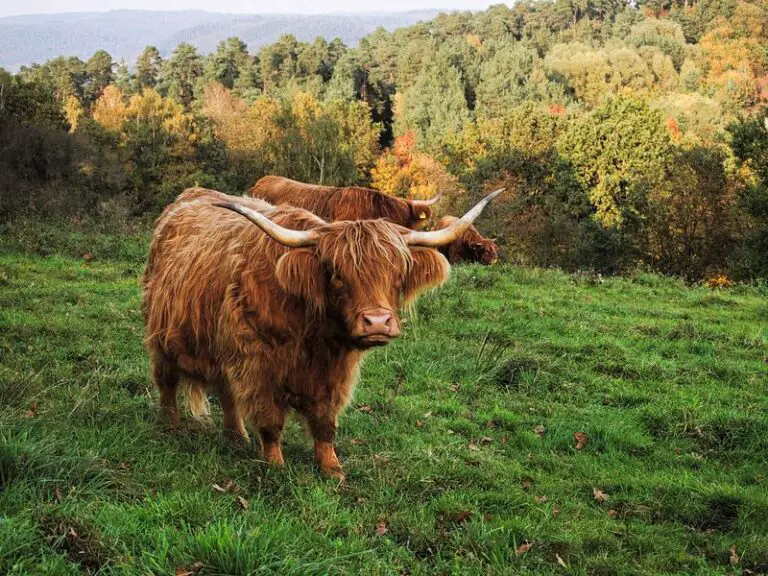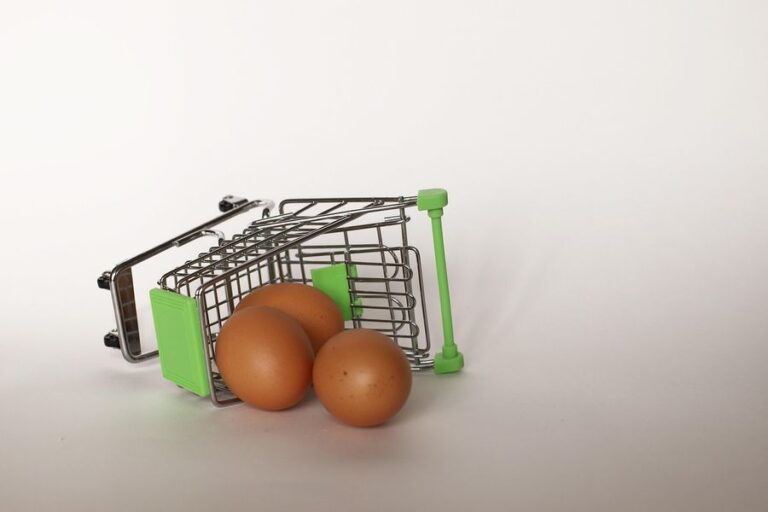Miniature Highland cows are known for their distinctive little appearance, resilient characteristics, and nature. But, like all animals, they come with their own needs and challenges.
Prospective cowkeepers should choose this breed ethically, as improper breeding can cause health issues and misrepresentation of size.
A balanced diet and adequate grazing space are important to their welfare.
They have a thick coat that comes in colours like red, black, and white, and they are resilient in very different climates.
Those interested should confirm they receive thorough information on health, genetics, and care to appreciate their responsibilities and benefits truly.
This article provides an in-depth look at Highland Cows, exploring their history, the pros and cons of owning them, their care needs, potential genetic disorders, and more.
Whether you aim to breed them, raise them for beef, or enjoy their company as pets, this guide will equip you with the essential knowledge to make informed decisions.
Main Takeaways
- Miniature Highland cows are smaller versions of traditional Scottish Highland cattle. They are not a distinct breed but the result of selective breeding and size reduction over generations.
- Miniature Highland Cattle are hardy and resilient, thriving in various climates and are known for longevity (up to 20 years or more).
- They Require low-impact grazing, making them ideal for small farms.
- These cattle are stubborn and strong, with large horns that may pose a risk if mishandled.
- Mini Highland Cattle are not naturally miniature, and some breeding methods raise ethical concerns. There is a potential for genetic disorders, especially Chondrodysplasias (skeletal deformities).
- Stunting growth practices by unethical breeders can cause serious health problems. Genetic testing and health screening of breeding stock are essential for ethical breeding.
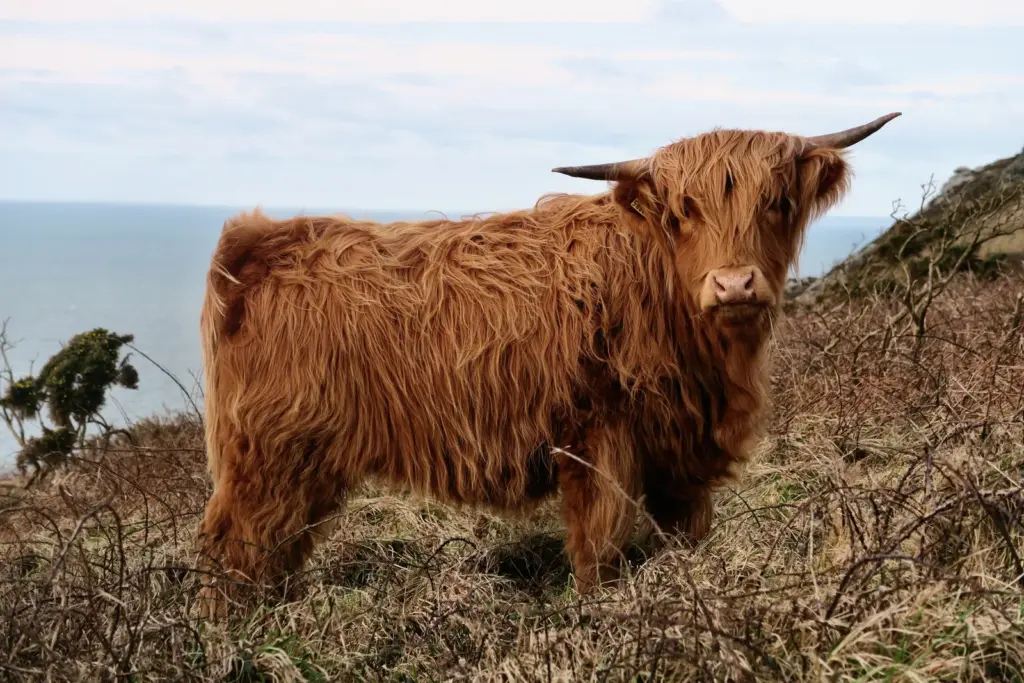
What are Miniature Highland Cattle?
Miniature Highland cows are a smaller version of the traditional Scottish Highland cattle. Originating from the Highlands of Scotland, these cattle are known for their long, wavy hair and large horns. As the name suggests, the miniature version is significantly smaller than the standard breed.
Miniature Highlands present a complex landscape in the world of cattle breeding. These animals are marketed as Miniature Highland Cattle, yet they are not a distinct breed.
Mini Highland cows typically reach heights between 39 to 42 inches (99 to 106 cm) at the shoulder, compared to the native breed, which can grow up to 48 to 56 inches (121 to 142 cm). Despite their smaller size, mini Highland cows retain all the characteristics of their larger counterparts, including their adaptability to various climates, temperament, and easy management, which makes them popular for small farms and homesteads. They can be kept for their low-impact grazing, the lean and flavorful beef, or just as pets.
How to breed mini highland cattle
However, an important aspect that has to be highlighted in the mini highlands cattle is that they are not a natural breed but rather the genetic selection of generations of selective breeding, crossbreeding, and choosing the smaller animals from the regular Highland breed to reduce their size gradually.
A Little Bit of History
Highland cows, known in Gaelic as “Bo Ghàidhealach,” are steeped in history, dating back to the 6th century, making them one of the oldest known cattle breeds. However, the first Highland breed cows society was created in 1884. Originating in the rugged Highlands and Western Isles of Scotland, these cattle are one of the symbols of Scottish pride.
They can live in harsh weather and have a distinctive appearance with long horns and wavy coats, making them an iconic representation of Scotland. They’re not merely livestock but a testament to Scotland’s rich agricultural heritage, standing as enduring symbols of the country’s resilience and strength.
Are Scottish Highland Cattle Miniature? The answer is NO!
Scottish Highland cattle, often just called Highland cattle, are not miniature. Adult Highland cows’ typical height can be around 42 to 48 inches tall (106 to 121 cm) at the shoulder, weighing between 900 to 1,300 pounds (408 to 589 Kg). Highland bulls are generally larger, reaching up to 48 to 56 inches in height (120 to 142 cm) at the shoulder, with weights varying between 1,500 to 2,000 pounds (680 to 900 kg). Even calves are sturdy, often weighing 50 to 75 pounds at birth (22 to 31 kg). As you can see, these are important measures.
The breed is characterized by their long, shaggy double coats, ranging in colour from red, yellow, white, silver, or dun, and magnificent horns. The long, wavy hair protects against the Scottish Highlands’ harsh and unpredictable weather conditions.
Their innate hardiness, adaptability, and excellent meat quality made Highland cattle attractive to breeders worldwide. In the late 19th century, they were first imported to North America and Australasia. Today, Highland cattle can be found all around the globe.
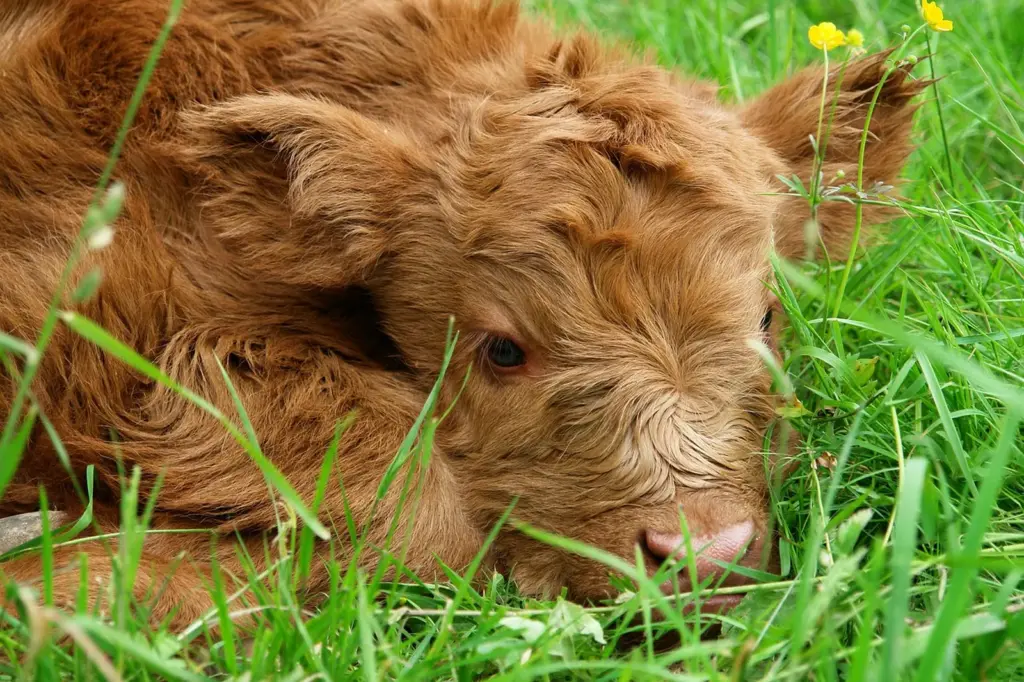
How to Care for Mini Highland Cows
Caring for Highland cows requires good pasture management, adequate shelter, and proper feeding.
Given their hardy nature and adaptation to the harsh Scottish weather, Highland cows can thrive in various climates, even in conditions many other breeds might find challenging.
If kept in sheds, they need enough space to move comfortably and express their natural behaviour while accommodating their feed troughs and water stations.
Being a grazing breed, they generally do well on pasture and rough forage, which other breeds might find challenging to graze. Their diet should be supplemented with hay and mineral blocks, especially during winter months or when the quality of the pasture is low.
Regular health checks are essential for their welfare, including vaccination and deworming, as advised by a Veterinary Professional.
Though their shaggy coat is self-maintaining and doesn’t require routine brushing, it can be beneficial during the shedding season or to check for parasites.
Highland cattle are known for longevity, with cows often breeding in their late teens and living 20 years or more. This lifespan is significantly longer than many other cattle breeds, reflecting their hardiness and robust health. A balanced diet, adequate space, and regular health checks can ensure they live a long, healthy life.
Highland Cattle: Farm Animals for Production or Pets for Small Farms?
The author of this article is a Farm Veterinarian in the United Kingdom and, in his career, has encountered both Highland Cattle kept as pets and for beef production. In both situations, it was clear that these animals are a unique breed.
They are valued for their hardiness, high-quality beef, and natural ease in calving – making them suitable for breeding and meat production. Their beef is lean, well-marbled, and flavorful, increasing their value in the market. However, the growth of calves can be slow and unsuitable for profitable or intensive beef production, which has caused this breed to slowly reduce its presence in the beef industry.
Mini Highland cows are often bought as pets for smaller farms. Their good looks and cute offspring make them a favourite for those seeking unusual and attractive pets. It must be pointed out that they are very determined and somewhat stubborn. While not typically aggressive, their strength and large horns can be intimidating and potentially dangerous if mishandled.
Beware of Genetic Disorders in Miniature Cattle Breeds
In the cattle breeding world, the allure of miniature breeds such as the Highland and Belted Galloway is undeniable. Their petite size and appealing aesthetics, often captured in social media snapshots of newborn or very young calves, have captivated many. However, the path to achieving such a tiny stature in these breeds is more complex than it seems.
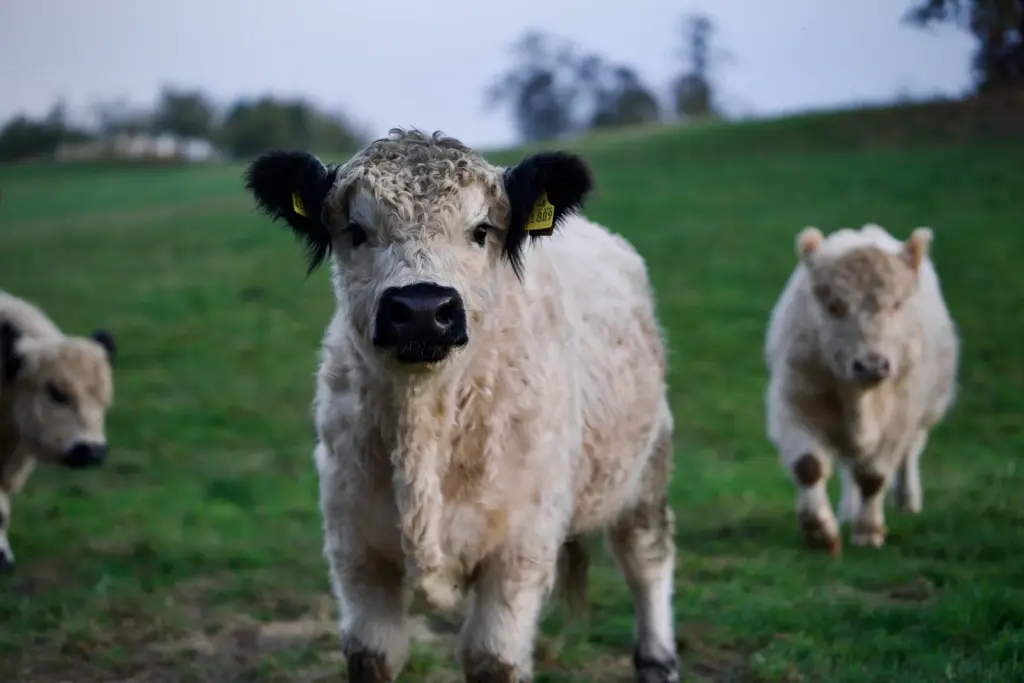
A critical aspect in the genetic modification of these miniature breeds is the occurrence of a hereditary skeletal disorder known as Chondrodysplasias. This disorder frequently leads to the abortion of calves in the mid to late stages of gestation. Affected animals exhibit a range of abnormalities, including short limbs, cleft palate, ventral abdominal hernias, and a domed head with a protruding tongue. This genetic disorder, potentially present in breeding miniature cattle, sparks serious welfare concerns.
This disorder has been closely studied in Dexter cattle, a breed known for a specific type of Chondrodysplasias called generalized chondrodysplasia or ‘bulldog dwarfism.’ Research has identified specific genetic mutations associated with this condition in Dexters.
Alarmingly, these same mutations have been detected in aborted fetuses of miniature Scottish Highland and miniature Belted Galloway cattle, indicating that the spectre of Chondrodysplasias might be lurking in these miniature breeds as well.
As a result, breeders of miniature cattle breeds need to be acutely aware of the health implications associated with their breeding choices. Therefore, it is crucial to embrace responsible breeding practices that prioritize the health and well-being of the animals, including genetic diversity within herds, health checks for breeding stock, and genetic testing.
Stunting Growth Practices in Miniature Cattle Breeds
In addition to genetic modifications, some breeders resort to stunting growth practices to maintain the miniature size of certain cattle breeds. It’s important to note that these methods lead to severe health complications and overall diminished quality of life for the animals. Careful breeding and responsible animal husbandry should be prioritized over achieving smaller sizes to ensure the welfare of these miniature cattle breeds.
Please make sure you do your research before buying a mini highland cattle.
Ethical Breeding Practices
Ethical breeding practices are paramount in guaranteeing Miniature Highland Cattle’s health and genetic integrity, prioritizing quality over mere size.
Responsible breeders focus on maintaining the breed’s historical quality and resilience, guaranteeing that unethical practices do not compromise health and welfare.
This involves conducting thorough health checks and genetic screenings to preserve the breed’s integrity and prevent the propagation of genetic defects and health issues.
Ethical breeders are committed to preserving the unique characteristics of Highland cows, guaranteeing they remain true to their lineage. Additionally, these breeders avoid the unethical practice of restricting nutrition to stunt calf growth.
Transparency is a cornerstone of ethical breeding. Breeders provide accurate information regarding their cattle’s age, health status, and genetics, safeguarding buyers from misleading claims.
This openness guarantees that purchasers are aware of the genuine qualities of the Highland cows they are buying.
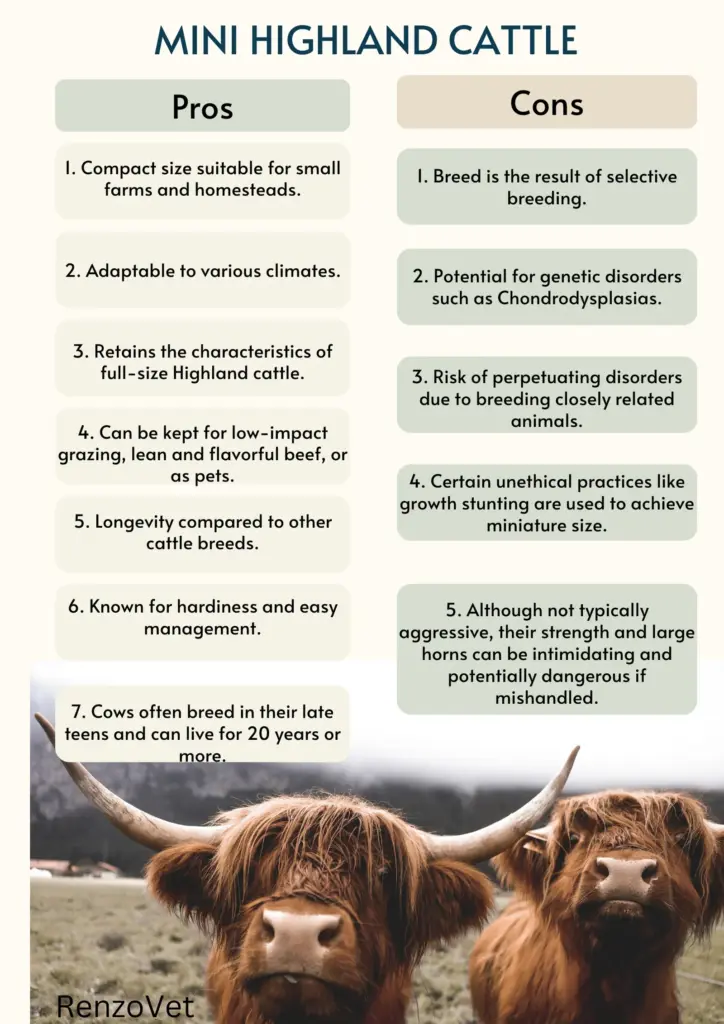
Conclusion
Miniature Highland cattle, with their compact size, hardiness, and charm, have an undeniable allure for small farm owners and homesteaders. Their unique characteristics, adaptability, and longevity make them an attractive addition for both production and companionship. However, it’s crucial to recognize and acknowledge the complexities and potential pitfalls of breeding and owning these animals.
Genetic disorders, a potential consequence of breeding closely related animals or focusing excessively on achieving smaller sizes, are a serious concern. The potential for practices like growth stunting to maintain miniature sizes raises significant ethical and welfare issues.
If you are considering adding a Miniature Highland cow to your farm, you must conduct comprehensive research and consultation with experienced breeders and veterinarians. This will ensure that you can provide a healthy and nurturing environment for these animals while contributing to the continued integrity of the breed.

